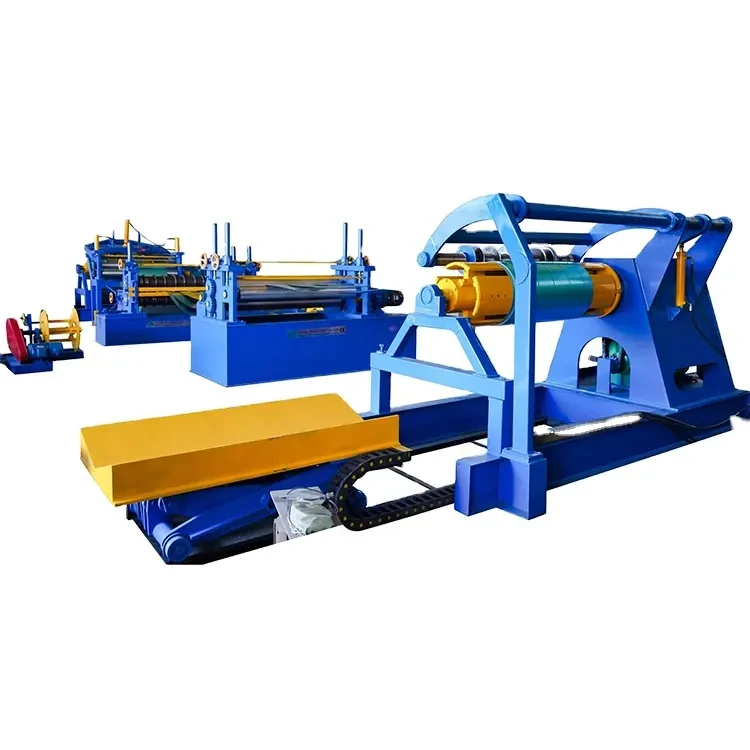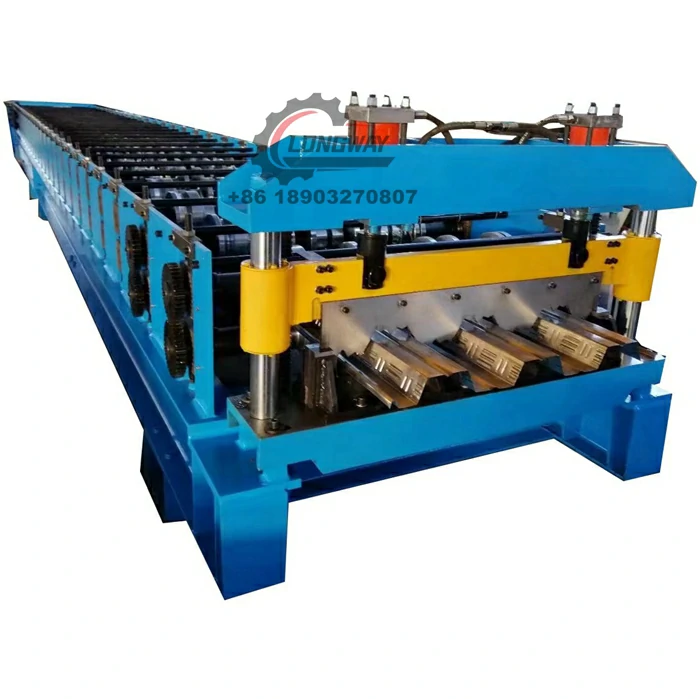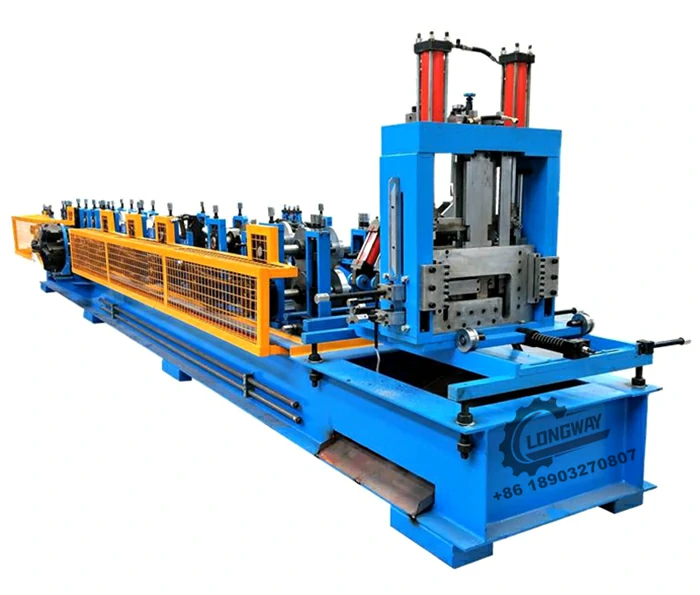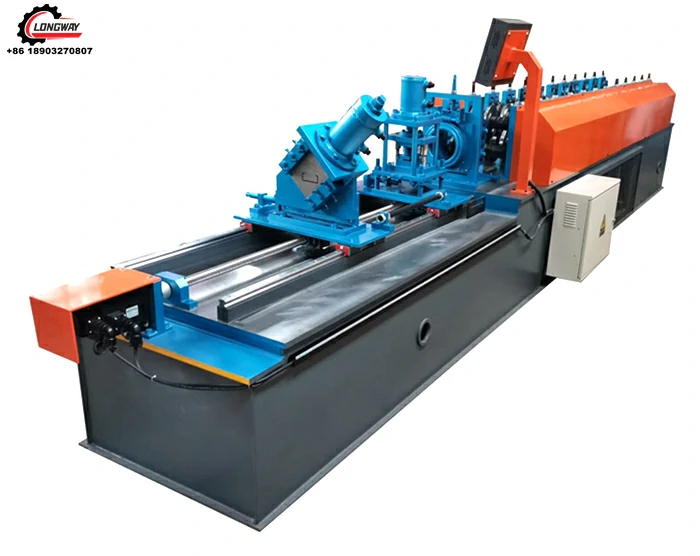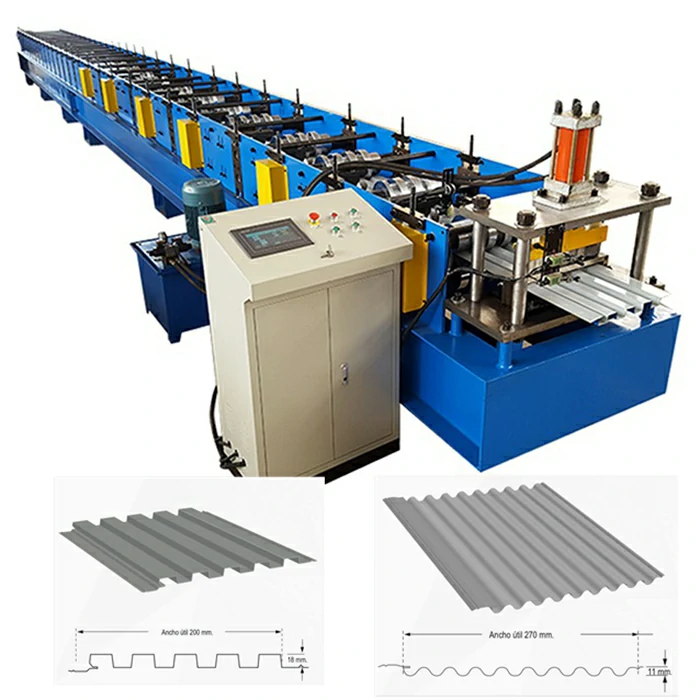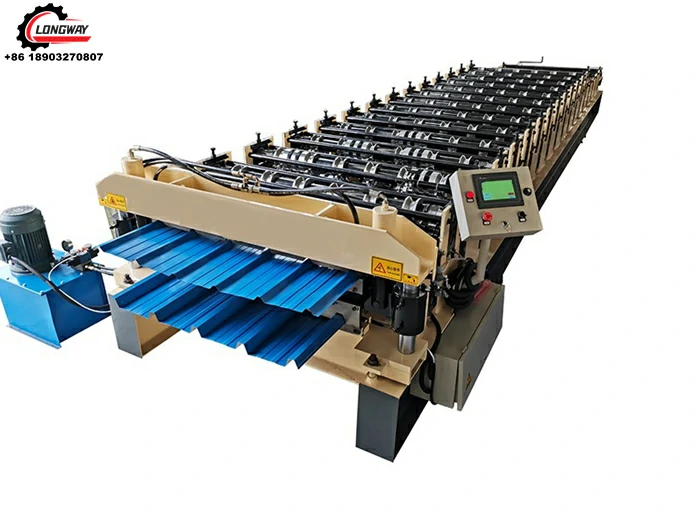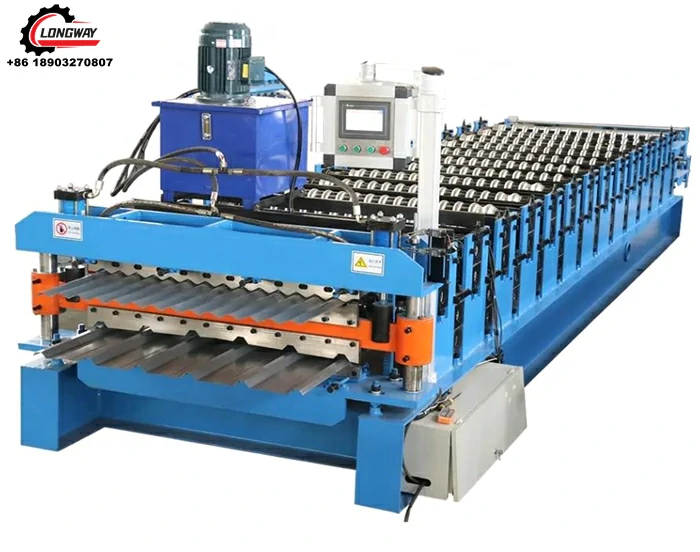Auto Stacker: Features, Applications, and Cost Breakdown
An αυτόματη στοίβαξη is an automated machine designed to stack metal sheets, panels, or finished products in manufacturing lines without manual labor. It improves production efficiency, reduces worker fatigue, and ensures consistent stacking quality. Whether you are in roll forming, steel fabrication, or panel production, investing in an auto stacker streamlines your workflow.
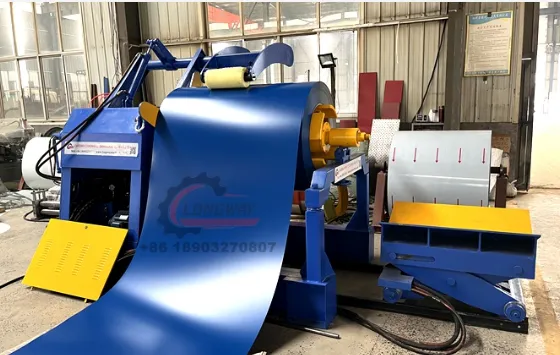
If you're searching for an auto stacker for sale, this guide explains what it is, how it works, and what to expect in terms of auto stacker cost and features.
What Is an Auto Stacker
An αυτόματη στοίβαξη (also known as an automatic stacking machine) is a piece of auxiliary equipment placed at the end of a production line, usually following a roll forming machine, shearing line, or embossing system. Its main function is to automatically receive, align, and stack products like:
Roofing sheets
Wall panels
Steel purlins
Metal floor decks
Aluminum sheets
Sandwich panels
Stackers are typically integrated into high-speed production environments where consistent output and safety are top priorities.
How Auto Stackers Work
Auto stackers operate by receiving cut or formed sheets from the exit table of a production line. The system uses a combination of:
Conveyor belts or roller beds to move sheets forward
Sensors or photoelectric switches to detect sheet arrival
Lift arms or vacuum grips to lift and place the sheets
Stacking beds or pallets where sheets are aligned and stacked
Hydraulic or pneumatic actuators to control lifting and positioning
PLC systems to control speed, count, and alignment precision
Operators can set the number of sheets per stack, total stack height, and configure how sheets are placed (face up/down, edge orientation, etc.).
Types of Auto Stackers
1. Mechanical Auto Stacker
Uses mechanical arms or lift systems to pick and stack sheets. Suitable for medium-speed lines.
2. Pneumatic Auto Stacker
Relies on air-powered components for lifting and placing sheets. Common in lightweight material stacking.
3. Servo-Controlled or Robotic Stacker
Offers precise positioning using servo motors or robotic arms. Suitable for high-speed lines or when perfect alignment is required.
4. Vacuum Stacker
Uses suction cups to lift non-ferrous materials like aluminum or stainless steel, preventing scratches or dents.
5. Magnetic Auto Stacker
For stacking ferrous metal sheets using magnet-powered lifting arms, ensuring safe, non-slip handling.
Each type can be customized to match sheet size, weight, speed, and line configuration.
Key Features of Auto Stackers
Stacking Length Range: Typically handles sheets from 1,000 mm to 6,000 mm
Stacking Speed: Ranges from 10 to 30 sheets per minute depending on system type
Weight Capacity: Up to several tons per stack depending on frame strength
Height Sensors: Prevent overstacking and ensure uniformity
Automatic Pallet Exchange: Some models include an auto pallet system to swap full stacks without stopping the line
Touchscreen Control: For easy configuration of stack height, sheet count, and system diagnostics
Safety Sensors: Emergency stop functions and guarding to protect workers
Auto Stacker Cost Overview
The auto stacker cost depends on machine type, automation level, load capacity, and customization.
Estimated Price Ranges (USD)
|
Stacker Type |
Typical Price Range |
|
Basic Mechanical Auto Stacker |
$8,000 – $15,000 |
|
Pneumatic or Hydraulic Stacker |
$12,000 – $25,000 |
|
Servo or Robotic Auto Stacker |
$25,000 – $60,000+ |
|
Vacuum or Magnetic Stacker |
$20,000 – $45,000 |
Additional costs may include:
Integration with existing control systems
Conveyor extensions or sheet alignment systems
Custom pallet handling solutions
Installation, training, and after-sales support
If purchasing from overseas suppliers, factor in shipping, taxes, and any import duties.
Applications of Auto Stackers
Roll forming lines (roofing sheets, floor decks)
Metal panel production
Cut-to-length lines
Embossing or stamping systems
Sandwich panel or insulation board production
Warehouse sheet handling automation
Any production process involving repeated stacking of metal or composite sheets can benefit from an auto stacker to reduce labor costs and increase speed.
Benefits of Using an Auto Stacker
Labor Reduction: Fewer workers needed at the output end
Improved Safety: Eliminates manual lifting of heavy or sharp materials
Higher Speed: Matches output speed of modern roll forming or cutting lines
Consistent Quality: Accurate, aligned stacks reduce rework or damage
Better Workflow: Continuous operation without frequent stops
What to Consider Before Buying
Sheet Dimensions and Thickness
Choose a stacker that supports your maximum sheet length, width, and weight per piece.
Speed and Line Integration
Ensure it matches your line speed to avoid bottlenecks.
Stacking Method
Select the right lifting technology (mechanical, vacuum, magnetic) based on material type and surface finish.
Automation Level
Higher automation means higher cost but more efficiency. Decide based on labor availability and production targets.
Maintenance and Support
Work with suppliers who offer after-sales service, spare parts availability, and system integration expertise.
An αυτόματη στοίβαξη is a smart investment for metal sheet manufacturers, roll forming lines, and panel production facilities looking to improve output speed, safety, and consistency. Whether you need a basic system or a high-end servo-controlled unit, understanding the different machine types and auto stacker cost helps you choose the right system for your production scale and material type.
When sourcing an auto stacker for sale, work with experienced suppliers who can customize the solution to your factory layout and production goals.
Auto Stacker FAQs
Can an auto stacker handle multiple sheet sizes?
Yes. Most stackers support adjustable guides or sensors to handle a range of widths and lengths.
What materials can be stacked?
Steel, aluminum, copper, sandwich panels, or even plastic sheets—depending on the machine’s lift method and surface handling.
Is an auto stacker compatible with all roll forming lines?
Most modern stackers can be integrated with roll forming, cut-to-length, and shearing lines. PLC coordination ensures smooth operation.
How long does it take to install a stacker?
Installation usually takes 2 to 5 days, including integration and operator training.
Do auto stackers require regular maintenance?
Yes. Regular checks on sensors, actuators, rollers, and lifting arms help ensure long-term reliability and consistent stacking quality.
-
Corrugated iron roofing sheet making machine with CE, AutoΝέαNov.17, 2025
-
3mm Steel C U Channel Roll Forming Machine, Heavy DutyΝέαNov.17, 2025
-
Calamima Micro Ondulada corrugated roof sheet machine - CNCΝέαNov.17, 2025
-
Metal Roofing Roll Former for Sale Companies - Fast, PreciseΝέαNov.17, 2025
-
Drywall Steel L Angle Bar forming machine | Fast, PreciseΝέαNov.17, 2025
-
Corrugated Iron Roofing Sheet Making Machine, Fast & DurableΝέαNov.11, 2025
-
Corrugated Metal Roofing Machine | High-Speed, Precise, CEΝέαNov.11, 2025
